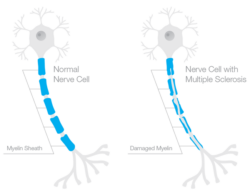Childbirth. It seems unreal. Like only a hot minute ago you were in some run-down club with all your best buddies, shaking your size-4 bod while tossing back drinks with hilarious names like “Sex on a Beach” and “The Slippery Nipple.”
Now you’re plopped like a saggy, baggy rag doll in a wheelchair, holding a wilting bouquet of flowers from your mom, blinking in the relentless sunshine blaring down on the local hospital.
What…the…hell?!?
It’s called “The Roll of Shame” and you’re on it, Girl. You’ve just had your delightful childbirth marathon session—a one-night stand chock full of humiliating medical intervention and synthetic drug after synthetic drug to induce-then-subside a woman’s natural body function. Your door prizes apparently seem to be a few maxi-pads (semi truck-length), a squirt bottle, extreme despisement of your idiotic husband, who’ll now wrestle with the infant car seat like the worst WWF match-up ever, while your hair falls from your head in cute little clumps, hormones wage a Stalinesque war on your life, and two porn star-sized tits full of milk ache for a baby who just wants to lay comatose in your lap—a baby who’ll then wake up with a horror movie scream due to the built-in radar he or she innately possesses, which will sense the very second your balding head hits the heavenly pillow.
Right now you just can’t wait to simply get home, return to the comfort of your own bed, scarf down a bowl of Lucky Charms (even dog food would suffice after you’ve eaten hospital food for days on end) and then quietly and efficiently murder your husband—not because your hormones are out of control, but because he’s just so damn useless! You could use that weird breast pump contraption to clock him over the head with… or scald his sleeping face with that expensive baby wipes warmer… or bludgeon him with those new porn star-sized tits.
The options are limitless, really. But your time isn’t.
After all, you have your first postpartum BM to eagerly look forward to. Move aside, Frankenstein episiotomy stitches! Get your finger on the trigger of that squirt bottle, say your prayers and PUSH!!!
Mazel Tov.










































